WASHINGTON—A Web portal now available through the Department of Homeland Security allows Americans to avoid the possibility of failing identity checks when applying for work or benefits.
E-Verify’s Self Check feature is the latest upgrade to an online service that, up until now, has been limited to employers. They use it to check whether new hires are legally eligible to work in the United States.
More than 225,000 employers, representing 3 percent of total businesses, currently use E-Verify.
Businesses have been reluctant to adopt the program for a variety of reasons, including liability concerns, and the added burden of costs and stress in handling employees who fail E-Verify requests. In some cases, employees are fired, since a rule prevents employers from pre-screening.
Self Check is part of a comprehensive set of improvements being made to E-Verify. Workers now have a tool that not only makes the system better, but one that is designed to protect workers rights, said Marc Rosenblum, senior policy analyst, and resident E-Verify expert with the Migration Policy Institute.
The U.S. Chamber of Commerce, which has opposed parts of E-Verify in the past, supports the new service. Randy Johnson, senior vice president for Labor and Immigration, said in a telephone interview, “I think it is a good step.”
“Instead of the employer getting stuck with a lengthy process to correct the information, which could result in the employee loosing a job, this allows the employee to check it ahead of time,” said Johnson.
A full 97.4 percent of queries made by employers come back positive within seconds. The remaining 2.6 percent of employees are on the hook to prove their work eligibility through dealing directly with the relevant agency.
A third of one percentage point of people who receive a tentative non-confirmation (TNC) go on to confirm their status. The remaining 2.3 percent of people receive final non-confirmations, and are therefore ineligible for employment.
Normally, legitimate workers are able to clear up discrepancies quickly, although it can be a nuisance.
Errors commonly appear when databases are crosschecked and they register differences in punctuation, or the order of recorded information. A TNC can also happen when women marry, and fail to inform Social Security of their new names.
In the worst case scenario, a person might have to wait up to 104 days to receive a response to a Freedom of Information request, said Richard Stana, director of Homeland Security and Justice Issues with GAO.
In 2009, a presidential executive order made E-Verify mandatory for most federal contractors. The states of Arizona, South Carolina, and Mississippi also passed state laws making E-Verify mandatory for all employers. State contractors in a number of other states are also required by law to use it, but for everyone else, use of the system is voluntary.
In 2010, over 16 million queries were run. A recent customer satisfaction survey commissioned by DHS and run by CFI Group, found the program received an overall rating of 82 percent.
A recent review by GAO also recorded a 5.4 percent decrease in TNCs from 2007, leading to the current low probability of matching errors. Self Check will only improve this value.
E-Verify is seen as a vital component in a strategy that aims to deter illegal immigration, said Ira Mehlman, national spokesperson for The Federation of American Immigration Reform (FAIR). His organization would like to see all U.S. businesses required to use the system.
“The single biggest draw for illegal immigration is the availability of jobs in this country,” said Mehlman.
Rosenblum, author of a report, “E-Verify: Strengths, Weaknesses, and Proposals for Reform,” agrees that E-Verify can be an effective part of comprehensive immigration reform.
We have invested a lot of resources to beef up border enforcement, including screening at jails. Worksites are the main other place where you can touch the system,” he said.
Efforts to make E-Verify mandatory have been going on for years. In 2009, President Obama reversed a Bush-era policy that would have required 140,000 companies to resolve discrepancies in Social Security numbers, or face criminal penalties.
That mandate involved no-match letters, which identifies potentially fraudulent Social Security numbers. It had been tied up in the courts, where business-interest groups were strongly opposing the requirement.
Read more...Obama’s softer approach on immigration
Obama’s softer approach on immigration reform appears to be tied to E-Verify and its potential to become a tool that works fairly and effectively.
Numerous pieces of legislation have been introduced over the years to make E-Verify mandatory for all employers in the country. The most recent version, H.R.800, introduced by Rep. John Carter (R-Texas), is currently in committee.
With continuous improvements taking place, there appears to be momentum building for E-Verify. Rosenblum thinks that it is likely that the House will pass the legislation this year.
The U.S. Chamber is actively negotiating terms of an agreement that it can support, “under proper conditions.”
“More of their members are concerned about having a level playing field. Those that have to use it, would rather have everyone use it,” said Rosenblum about the U.S. Chamber’s position.
Problems Remain
“[Self Check] is a tool that is a step in the right direction,” said Stana, author of 2010 GAO report titled, “Employment Verification.”
But, he pointed out the largest problem with E-Verify is still its weakness in detecting fraud. GAO estimates that besides the 2.4 percent of final non confirmations, about 3 percent of those deemed legitimate through the system, are also fraudulent.
The problem is that E-Verify is unable to identify repeat authorizations under the same name, leaving the door open for forged documents.
“All of a sudden there are 15 people with the same name who are applying for work,” suggested Stana.
To remedy the loophole, Stana suggested the program would need more investigators, more funding, and perhaps tamper-resistant and fraud-proof employment work forms.
Rosenthal pointed out that DHS has recently instituted an oversight and compliance division where they can now audit companies, among other steady improvements.
They are invested in this, he said, because “getting Self Check working is potentially a stepping stone to better anti-fraud rules such as freezing your own Social Security number.”
Recently, the DHS has started using photo-check in certain instances. Biometrics such as fingerprint or iris detection technology have also been suggested by GAO and others as potential options.
E-Verify has been funded through to September 2012. A three-year appropriation allowed $137 million for the program.
E-Verify’s Self Check feature is the latest upgrade to an online service that, up until now, has been limited to employers. They use it to check whether new hires are legally eligible to work in the United States.
More than 225,000 employers, representing 3 percent of total businesses, currently use E-Verify.
Businesses have been reluctant to adopt the program for a variety of reasons, including liability concerns, and the added burden of costs and stress in handling employees who fail E-Verify requests. In some cases, employees are fired, since a rule prevents employers from pre-screening.
Self Check is part of a comprehensive set of improvements being made to E-Verify. Workers now have a tool that not only makes the system better, but one that is designed to protect workers rights, said Marc Rosenblum, senior policy analyst, and resident E-Verify expert with the Migration Policy Institute.
The U.S. Chamber of Commerce, which has opposed parts of E-Verify in the past, supports the new service. Randy Johnson, senior vice president for Labor and Immigration, said in a telephone interview, “I think it is a good step.”
“Instead of the employer getting stuck with a lengthy process to correct the information, which could result in the employee loosing a job, this allows the employee to check it ahead of time,” said Johnson.
A full 97.4 percent of queries made by employers come back positive within seconds. The remaining 2.6 percent of employees are on the hook to prove their work eligibility through dealing directly with the relevant agency.
A third of one percentage point of people who receive a tentative non-confirmation (TNC) go on to confirm their status. The remaining 2.3 percent of people receive final non-confirmations, and are therefore ineligible for employment.
Normally, legitimate workers are able to clear up discrepancies quickly, although it can be a nuisance.
Errors commonly appear when databases are crosschecked and they register differences in punctuation, or the order of recorded information. A TNC can also happen when women marry, and fail to inform Social Security of their new names.
In the worst case scenario, a person might have to wait up to 104 days to receive a response to a Freedom of Information request, said Richard Stana, director of Homeland Security and Justice Issues with GAO.
In 2009, a presidential executive order made E-Verify mandatory for most federal contractors. The states of Arizona, South Carolina, and Mississippi also passed state laws making E-Verify mandatory for all employers. State contractors in a number of other states are also required by law to use it, but for everyone else, use of the system is voluntary.
In 2010, over 16 million queries were run. A recent customer satisfaction survey commissioned by DHS and run by CFI Group, found the program received an overall rating of 82 percent.
A recent review by GAO also recorded a 5.4 percent decrease in TNCs from 2007, leading to the current low probability of matching errors. Self Check will only improve this value.
The Mandatory Route
E-Verify is seen as a vital component in a strategy that aims to deter illegal immigration, said Ira Mehlman, national spokesperson for The Federation of American Immigration Reform (FAIR). His organization would like to see all U.S. businesses required to use the system.
“The single biggest draw for illegal immigration is the availability of jobs in this country,” said Mehlman.
Rosenblum, author of a report, “E-Verify: Strengths, Weaknesses, and Proposals for Reform,” agrees that E-Verify can be an effective part of comprehensive immigration reform.
We have invested a lot of resources to beef up border enforcement, including screening at jails. Worksites are the main other place where you can touch the system,” he said.
Efforts to make E-Verify mandatory have been going on for years. In 2009, President Obama reversed a Bush-era policy that would have required 140,000 companies to resolve discrepancies in Social Security numbers, or face criminal penalties.
That mandate involved no-match letters, which identifies potentially fraudulent Social Security numbers. It had been tied up in the courts, where business-interest groups were strongly opposing the requirement.
Read more...Obama’s softer approach on immigration
Obama’s softer approach on immigration reform appears to be tied to E-Verify and its potential to become a tool that works fairly and effectively.
Numerous pieces of legislation have been introduced over the years to make E-Verify mandatory for all employers in the country. The most recent version, H.R.800, introduced by Rep. John Carter (R-Texas), is currently in committee.
With continuous improvements taking place, there appears to be momentum building for E-Verify. Rosenblum thinks that it is likely that the House will pass the legislation this year.
The U.S. Chamber is actively negotiating terms of an agreement that it can support, “under proper conditions.”
“More of their members are concerned about having a level playing field. Those that have to use it, would rather have everyone use it,” said Rosenblum about the U.S. Chamber’s position.
Problems Remain
“[Self Check] is a tool that is a step in the right direction,” said Stana, author of 2010 GAO report titled, “Employment Verification.”
But, he pointed out the largest problem with E-Verify is still its weakness in detecting fraud. GAO estimates that besides the 2.4 percent of final non confirmations, about 3 percent of those deemed legitimate through the system, are also fraudulent.
The problem is that E-Verify is unable to identify repeat authorizations under the same name, leaving the door open for forged documents.
“All of a sudden there are 15 people with the same name who are applying for work,” suggested Stana.
To remedy the loophole, Stana suggested the program would need more investigators, more funding, and perhaps tamper-resistant and fraud-proof employment work forms.
Rosenthal pointed out that DHS has recently instituted an oversight and compliance division where they can now audit companies, among other steady improvements.
They are invested in this, he said, because “getting Self Check working is potentially a stepping stone to better anti-fraud rules such as freezing your own Social Security number.”
Recently, the DHS has started using photo-check in certain instances. Biometrics such as fingerprint or iris detection technology have also been suggested by GAO and others as potential options.
E-Verify has been funded through to September 2012. A three-year appropriation allowed $137 million for the program.
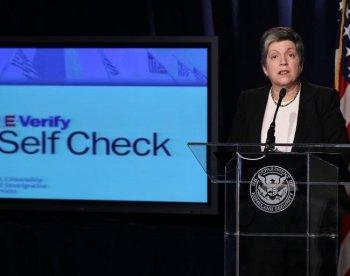

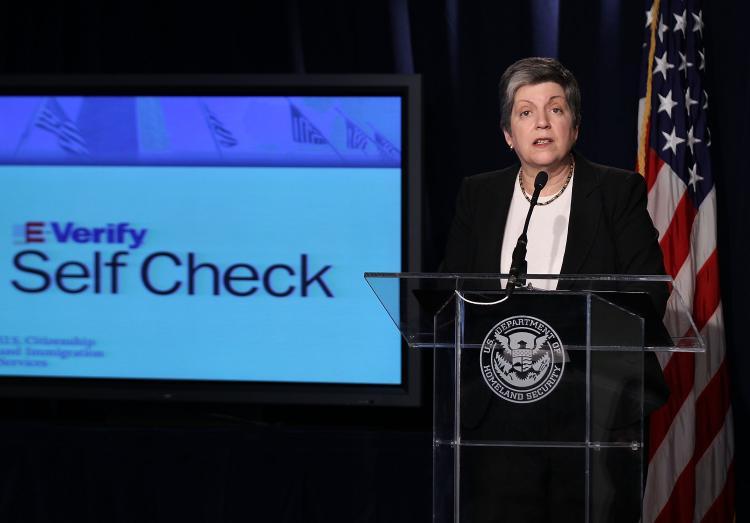
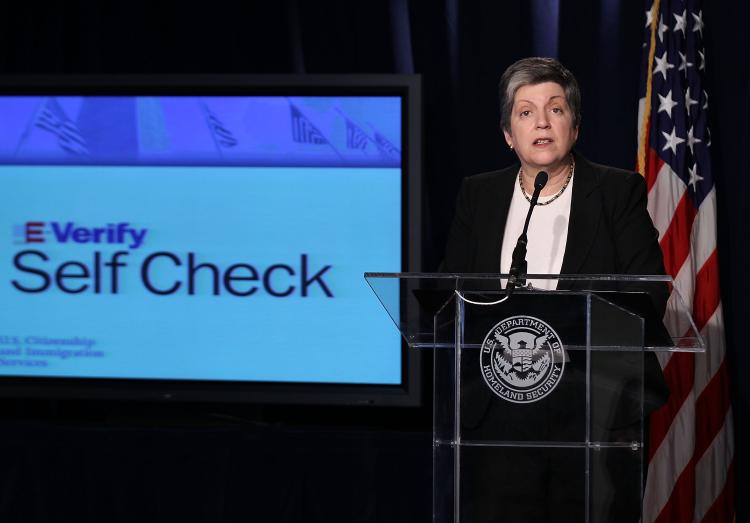
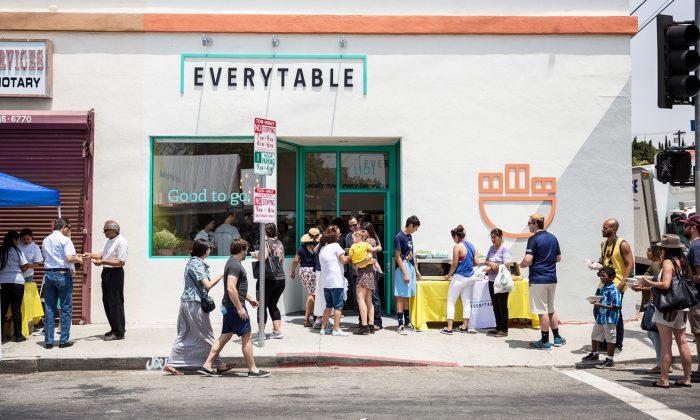

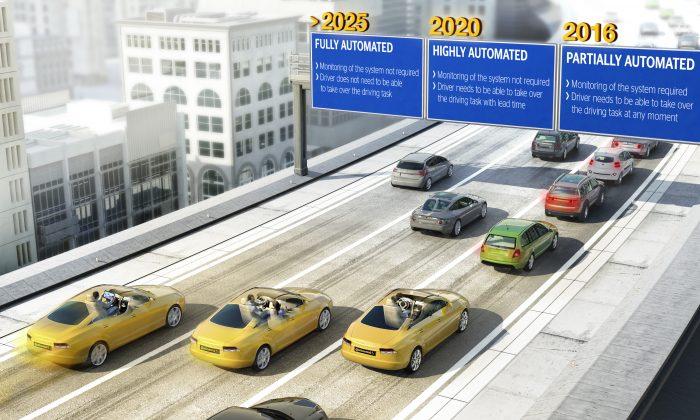

Friends Read Free